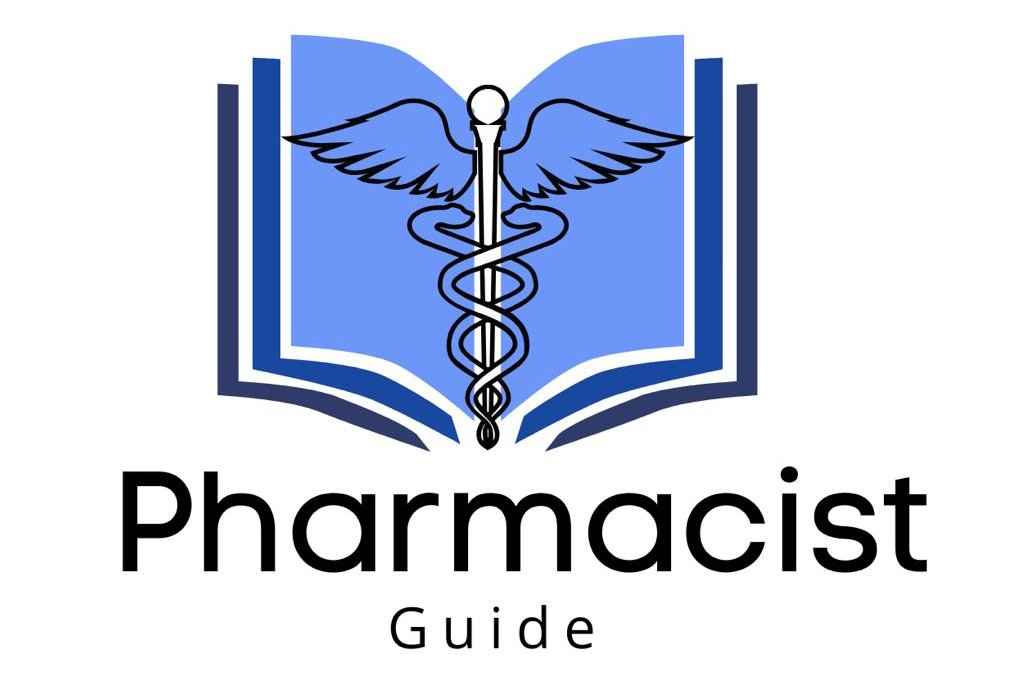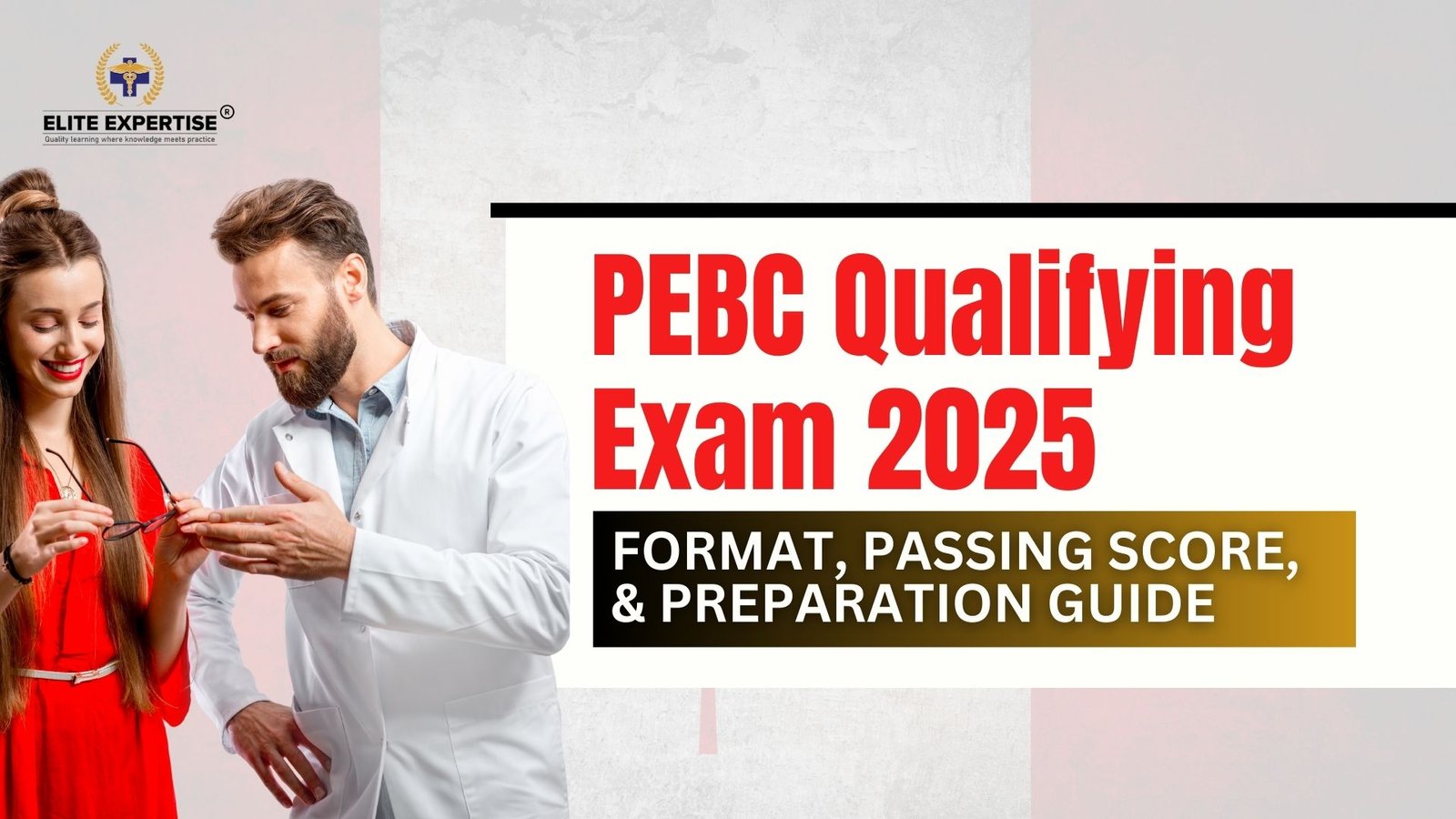Key Points to Remember
- The PEBC Qualifying Exam consists of two parts: MCQ and OSCE.
- To be certified, it is necessary to pass both parts.
- The pass rates of Canadian graduates are high; those of international candidates are low.
- The syllabus includes the four domains of science, practice, professionalism, and communication.
- Fees total about CAD 1,790 for both parts.
- Preparation should consist of blueprints, practice tests and studying the Canadian guidelines.
The PEBC Qualifying Exam is the final stage for pharmacists who plan to practice in Canada. It is a validation that the candidates have the clinical skills, knowledge, and professionalism that are needed to provide safe and effective care. The Certificate of Qualification from the Pharmacy Examining Board of Canada (PEBC) is issued to those who have met the requirements for both the first and the second parts of the examination, i.e. Part I (MCQ) and Part II (OSCE).
In 2025 this guide serves as an overview of the examination format, content, fees, passing criteria and study strategies.
Format: Parts I and II
The PEBC Qualifying Exam is composed of two separate parts:
Part I: Multiple-Choice Questions (MCQ)
A computer-based test that evaluates knowledge in therapeutics, problem-solving, drug interactions, patient safety, and pharmacy ethics. Those taking the exam should present skills to apply knowledge to practice scenarios.
Part II: Objective Structured Clinical Examination (OSCE)
A practical clinical skills exam made up of 11 timed stations. Candidates engage with standardised patients or carry out written tasks. The OSCE assesses communication, clinical reasoning, patient counselling, and professionalism in a time-limited environment.
Both the MCQ and OSCE are equally important. Candidates who do not pass both the MCQ and OSCE will not be awarded the certification.+
Passing Score and PEBC Exam Pass Rate
The passing criteria for MCQ and OSCE are decided through a combination of statistical methods and expert panel opinions. Although PEBC does not disclose the precise cut-off percentages, the candidates are expected to attain at least a minimum competency score.
Recent data shows:
- Canadian graduates achieve good results, as the percentage of successful tests in both MCQ and OSCE is more than 85%.
- The success rate of international graduates is significantly lower, and their average percentage of passing tests is about 40–60%. The main reasons for these differences are training and exam style.
These numbers indicate that the international candidates need to focus their preparation.
PEBC Qualifying Exam Syllabus
The syllabus is structured with safety and cancer care in mind. Areas covered include:
- Pharmaceutical Sciences – Pharmacology, pharmaceutics, pharmacokinetics, toxicology.
- Pharmacy Practice – Therapeutics, patient care, diagnostics, clinical decision-making.
- Communication & Professionalism – Counselling, interprofessional collaboration, ethics, and professionalism.
- Health Promotion & Public Health – Patient safety, disease prevention, and public health programs.
Part I is mainly theoretical, while Part II is a practical application of the knowledge gained.
PEBC Qualifying Exam Fees 2025
| Exam Component | Fee (CAD) |
| Qualifying Exam Part I (MCQ) | 575 |
| Qualifying Exam Part II (OSCE) | 1,215 |
The candidates need to pay a fee to apply. In the case of international candidates, document evaluation and exams are some of the stages that will add more expenses to the process.
Application and Scheduling
It is mandatory to submit applications via the official PEBC portal within strict deadlines. The candidates indicate their exam session, language preference (English or French), and, for the OSCE, the possible test centres. After submission, there are very limited opportunities to make amendments.
Due to the high demand, it would be wise to submit your application early and thoroughly check the application requirements to be sure there will be no delays.
Preparation Guide
Completing the PEBC Qualifying Exam demands careful planning:
- Study the Blueprint – Concentrate on the items of the highest weight such as therapeutics, ethics, and communication.
- Practice MCQs – Utilise question banks and past papers to increase your speed and accuracy.
- Simulate OSCE Scenarios – Engage in role-play counselling, problem-solving, and professional communication.
- Review Canadian Guidelines – Get acquainted with treatment standards in Canada.
- Time Management – Learn to provide brief, accurate answers under timed conditions.
- Mock Exams – Practising full-length exams helps to lessen the nervousness and to build confidence.
PEBC Qualifying Exam at a Glance
| Aspect | Details |
| Parts | Part I (MCQ) + Part II (OSCE) |
| Pass Requirement | Must pass both parts |
| Format | Computer-based MCQ + 12–16 OSCE stations |
| Pass Rate (Canadian grads) | 85–90% success rate |
| Pass Rate (Intl. grads) | 40–60% success rate |
| Fees | CAD 575 (MCQ), CAD 1,215 (OSCE) |
Conclusion
PEBC Qualifying Exam 2025 is a challenging and fair test that measures pharmacy knowledge and clinical skills. By understanding the exam pattern, familiarizing with the passing scores, and planning their preparation more methodically, candidates can improve their chances of success. The international graduates will benefit the most if they focus more on communication, Canadian guidelines, and OSCE practice.
Of course, with hard work and right preparation, one can definitely make the PEBC Qualifying Exam an occasion to gain a pharmacist license in Canada, and hence, start a new career in the health sector.
Frequently Asked Questions (FAQs) – PEBC Qualifying Exam 2025
The PEBC Qualifying Exam is the final step for pharmacists who plan to practice in Canada. It validates the candidate’s clinical knowledge, skills, and professionalism required for safe and effective pharmacy practice. It consists of two parts: Part I (MCQ) and Part II (OSCE).
Part I is a computer-based Multiple-Choice Questions (MCQ) exam covering therapeutics, patient safety, drug interactions, and pharmacy ethics. Part II is an Objective Structured Clinical Examination (OSCE) with 11–16 timed stations assessing communication, clinical reasoning, and patient counseling skills.
Canadian graduates have a high success rate of 85–90%, while international graduates typically pass 40–60% of the time. This reflects differences in training, familiarity with the exam format, and knowledge of Canadian guidelines.
The syllabus includes four main domains: Pharmaceutical Sciences (pharmacology, pharmaceutics, pharmacokinetics, toxicology), Pharmacy Practice (therapeutics, clinical decision-making), Communication & Professionalism (counseling, ethics), and Health Promotion & Public Health (disease prevention, patient safety).
The total fee is CAD 1,790. Part I (MCQ) costs CAD 575, and Part II (OSCE) costs CAD 1,215. Additional fees may apply for document evaluation, especially for international candidates.
Preparation should include studying the exam blueprint, practicing MCQs, simulating OSCE scenarios, reviewing Canadian treatment guidelines, time management, and mock exams. Focus on communication, problem-solving, and patient safety is crucial.
Applications must be submitted via the official PEBC portal. Candidates choose the exam session, language preference (English or French), and test center (for OSCE). Deadlines are strict, and early submission is recommended due to limited slots.
International candidates should focus heavily on communication skills, Canadian practice guidelines, and OSCE simulation to increase success rates, as their passing percentage is lower than Canadian graduates.

